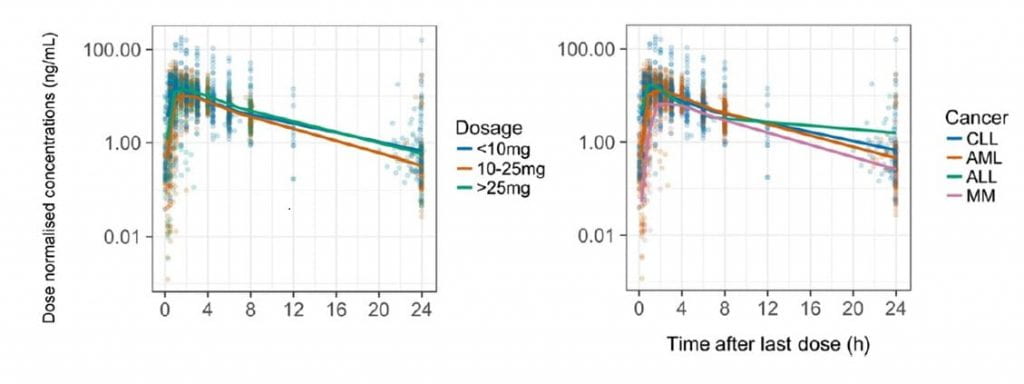No approved therapy exists for cancer-associated cachexia. The colon-26 mouse model of cancer cachexia mimics recent late-stage clinical failures of anabolic anti-cachexia therapy and was unresponsive to anabolic doses of diverse androgens, including the selective androgen receptor modulator (SARM) GTx-024. The histone deacetylase inhibitor (HDACi) AR-42 exhibited anti-cachectic activity in this model. We explored combined SARM/AR-42 therapy as an improved anti-cachectic treatment paradigm. A reduced dose of AR-42 provided limited anti-cachectic benefits, but, in combination with GTx-024, significantly improved body weight, hindlimb muscle mass, and grip strength versus controls. AR-42 suppressed the IL-6/GP130/STAT3 signaling axis in muscle without impacting circulating cytokines. GTx-024-mediated β-catenin target gene regulation was apparent in cachectic mice only when combined with AR-42. Our data suggest cachectic signaling in this model involves catabolic signaling insensitive to anabolic GTx-024 therapy and a blockade of GTx-024-mediated anabolic signaling. AR-42 mitigates catabolic gene activation and restores anabolic responsiveness to GTx-024. Combining GTx-024, a clinically established anabolic therapy, with AR-42, a clinically evaluated HDACi, represents a promising approach to improve anabolic response in cachectic patients.

A Terminal tumor volume comparisons between the initial (Study 1, day 18) and confirmatory (Study 2, day 17) combination studies. Statistics: P = 0.0009, Student’s t‐test of combined tumor volumes (Study 1 versus Study 2). ns, no significant differences among treatment groups within each study, one‐way ANOVA followed by Tukey’s multiple comparison test.
B Terminal epididymal fat pad mass.
Data information: V, G, A indicate statistically significant differences versus tumor‐bearing vehicle‐treated, tumor‐bearing GTx‐024‐treated, and tumor‐bearing AR‐42‐treated groups, respectively. P‐values are provided in Appendix Table S11, one‐way ANOVA followed by Tukey’s multiple comparison test. Data are presented as means ± SD.




